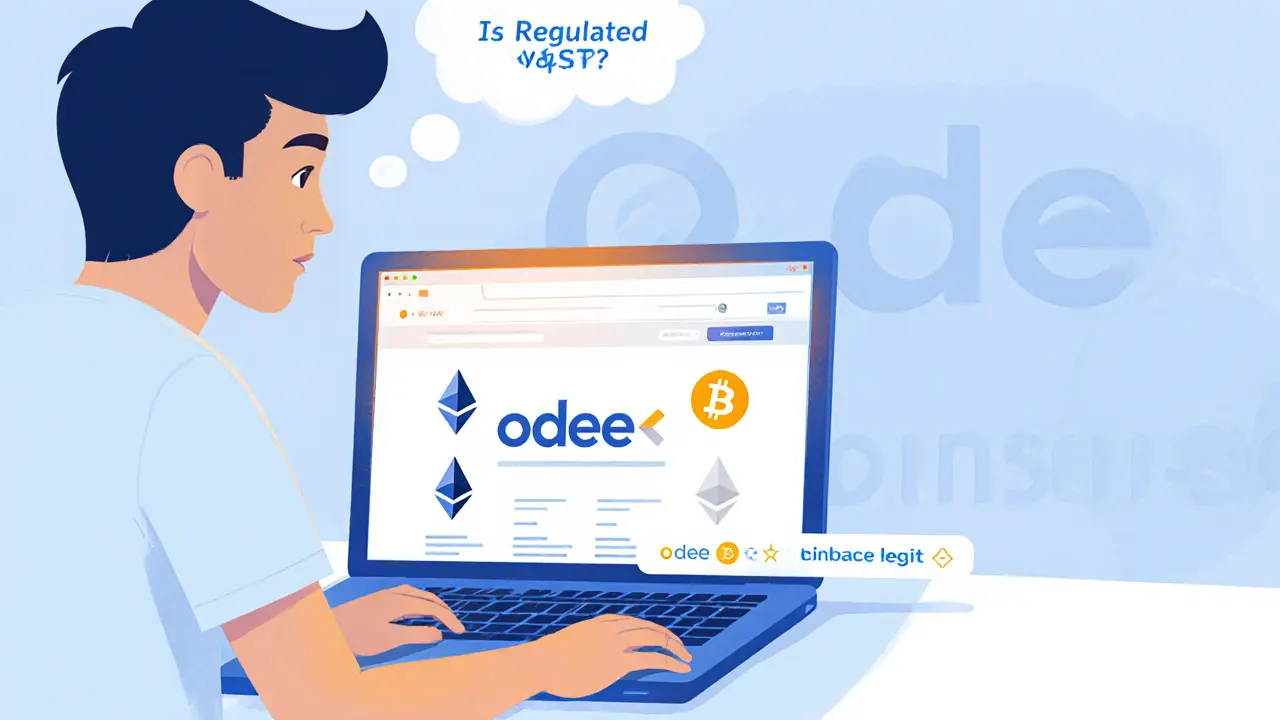VASP – Virtual Asset Service Provider Overview
When dealing with VASP, a business that offers exchange, wallet, transfer or payment services for virtual assets. Also known as Virtual Asset Service Provider, it operates at the core of cryptocurrency regulation, the legal framework that governs digital‑asset activities and must adhere to AML, anti‑money‑laundering rules as well as KYC, know‑your‑customer verification processes. In short, a VASP encompasses crypto exchange services, requires AML compliance, and is influenced by national regulation.
Key pillars that shape a VASP
First, licensing is the gateway. Most jurisdictions demand a formal crypto exchange license before a VASP can operate legally. That license usually ties the provider to a supervisory authority, which monitors transaction reporting and consumer protection. Second, risk assessment, the process of identifying, measuring and mitigating money‑laundering threats becomes a daily habit. Companies run automated monitoring, flag suspicious patterns, and file SARs (Suspicious Activity Reports) when needed. Third, customer due diligence, the set of steps to verify user identity and source of funds protects both the platform and its users from fraud. Together, these pillars create a compliance ecosystem that keeps the VASP viable and trustworthy.
Third‑party services also matter. Many VASPs rely on blockchain analytics tools, software that tracks token flows and flags illicit activity to meet AML obligations. Others integrate identity‑verification providers to streamline KYC, cutting down onboarding friction while staying within regulatory bounds. The choice of tools directly impacts how efficiently a VASP can meet its legal duties, and it often determines whether a regulator views the business as low‑risk or high‑risk.
Geography adds another layer. The European Union’s MiCA (Markets in Crypto‑Assets) regulation, the United States’ FinCEN guidance, and Asia‑Pacific frameworks such as Singapore’s MAS guidelines each define “VASP” slightly differently, but all converge on the need for licensing, AML, and KYC. A VASP operating across borders must map these varied rules, reconcile conflicting requirements, and sometimes maintain separate legal entities to stay compliant. Ignoring these nuances can lead to enforcement actions, fines, or even forced shutdowns.
Finally, market perception hinges on compliance reputation. Users tend to trust platforms that display clear licensing information, transparent fee structures, and robust security measures. A solid compliance record can be a competitive advantage, attracting institutional partners and high‑value clients who would otherwise steer clear of unregulated services. Conversely, a compliance breach often triggers a cascade of negative publicity, loss of liquidity, and de‑listing from major token listings.
Below you’ll find a curated set of articles that drill deeper into each of these topics. Whether you’re a founder sketching out a VASP business plan, a compliance officer polishing your AML program, or just a crypto enthusiast curious about how digital‑asset services stay legit, the collection offers practical steps, real‑world examples, and up‑to‑date regulatory insights.
Odee Crypto Exchange Review - Pros, Cons, and How It Stacks Up in 2025
A deep dive into Odee crypto exchange-regulatory claims, security, asset list, OdeePay card, and how it compares to Binance and Coinbase in 2025.





